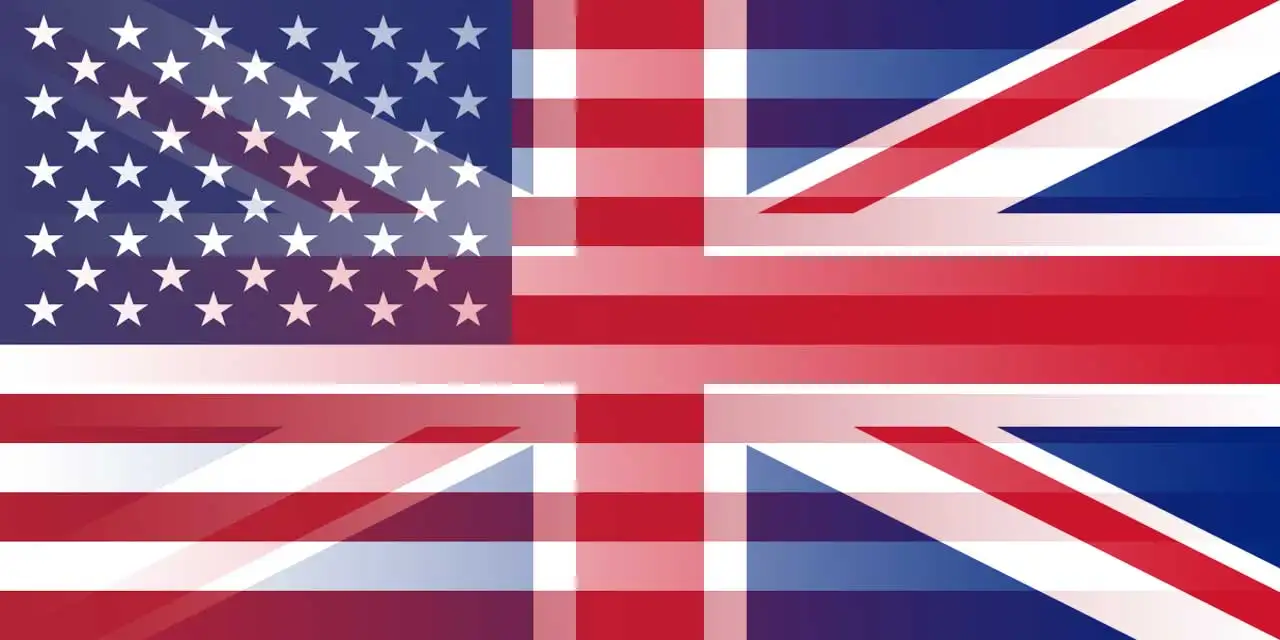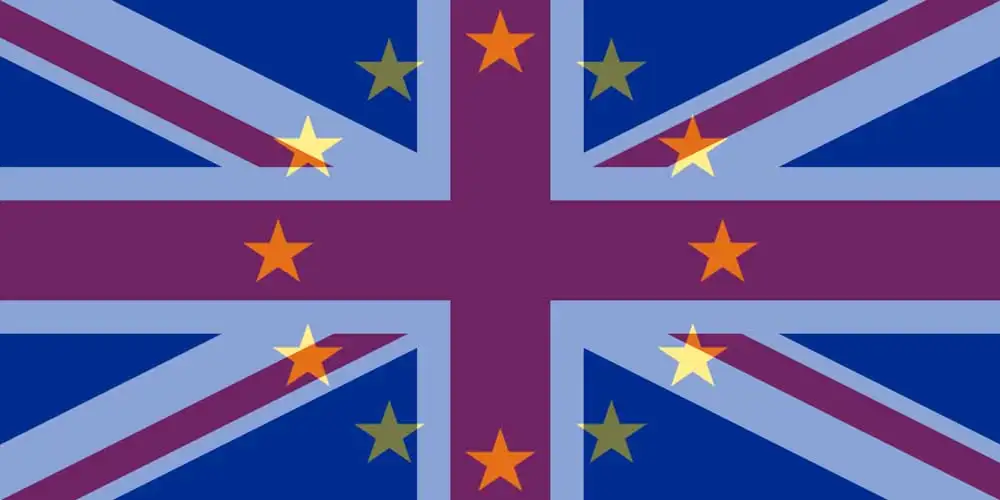Understanding the Table:
The comparison table above helps you see the total cost of your currency transaction by showing the exchange rates offered by different providers. It also makes it easy to spot potential savings from market-leading FX services compared to bank rates.
To see a full list of available providers, simply enter your transaction type, details and click ‘GET RATES’.



